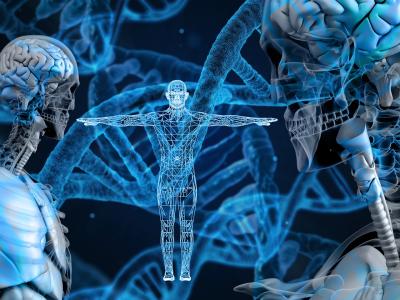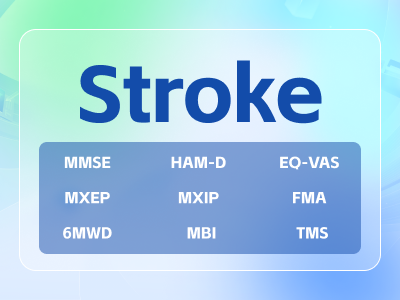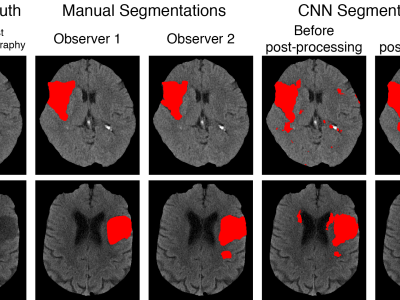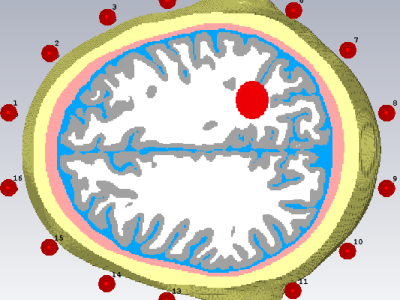
Background
Effective retraining of foot elevation and forward propulsion is essential in stroke survivors’ gait rehabilitation. However, home-based training often lacks valuable feedback. eHealth solutions based on inertial measurement units (IMUs) could offer real-time feedback on fundamental gait characteristics. This study aimed to investigate the effect of providing real-time feedback through an eHealth solution on foot strike angle (FSA) and forward propulsion in people with stroke.
- Categories:




